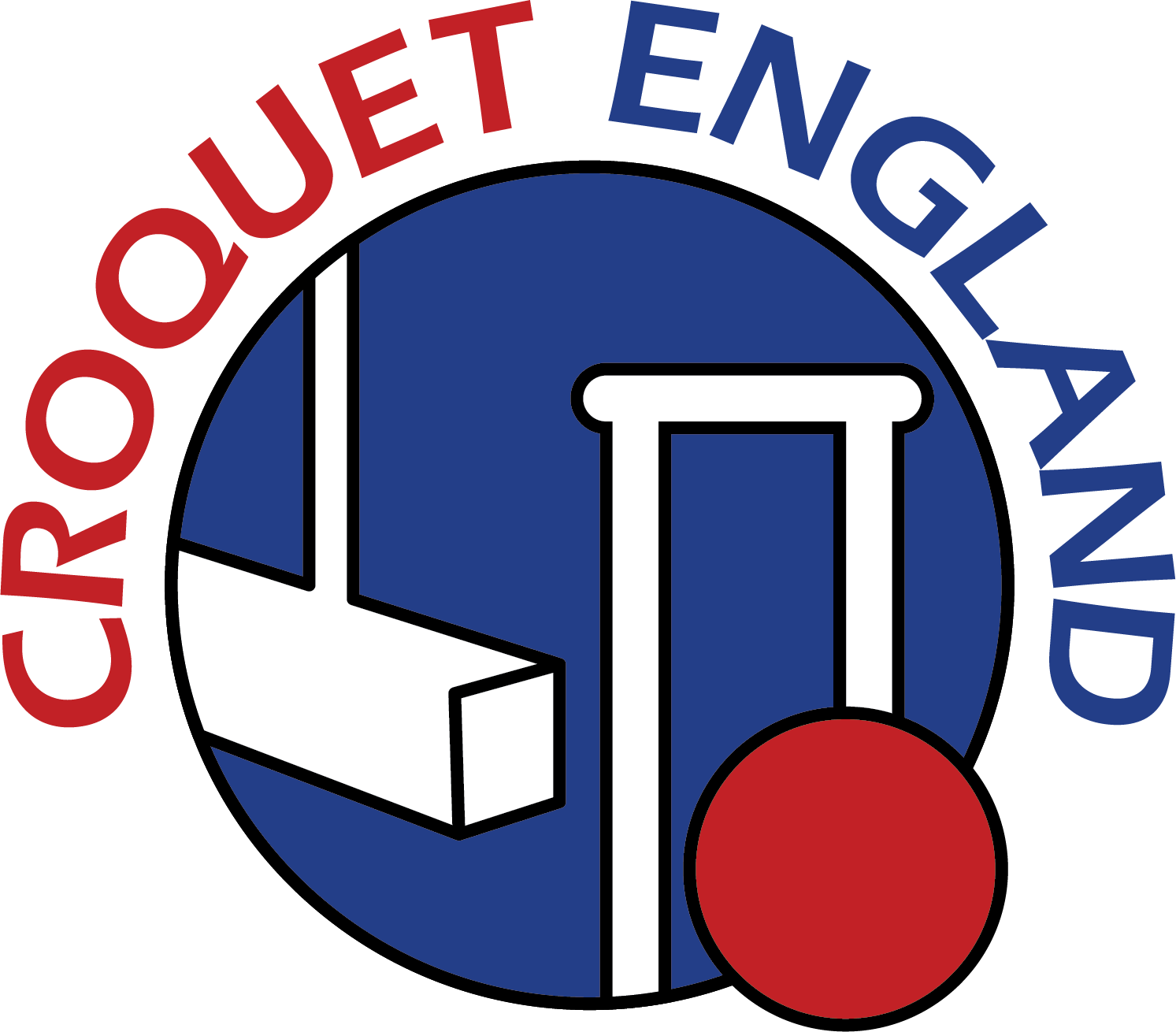Sue Mackay - Issue 29 (2011)
The following questions are a sample taken from the CA website where you will find a Fun Quiz in the Laws of Association Croquet section. Sadly there does not appear to be a similar quiz yet on the Golf Croquet Laws.
See below for the answers.
- Ray is playing with Red which is for the peg. He rushes Yellow across the lawn and Red bounces off Yellow and strikes the peg. Is Red pegged out?
- Ray plays a croquet stroke with Red on Yellow and Yellow comes to rest between the yard-line area. Is Yellow now a ball in hand?
- Red, Yellow and Blue are in a line on the yard-line with Yellow in contact with both Red and Blue. At the start of his turn Ray elects to play with Red and takes croquet from Blue, which is not in direct contact with it. Is this permitted?
- Ray shoots with Red at Blue which is on a corner spot and misses going off the lawn in the corner. Ray places Red correctly on the yard-line in contact with Blue. Without leaving the lawn, he notices that he has left a double for Black. He then picks up Red and places it on the other yard-line in contact with Blue leaving a single ball target for Black. Bab objects and says Red must be put back to his first choice leaving the double. Who is right?
- Ray playing with Red roquets Blue which is a yard-line ball. Blue then hits Black off of the lawn while remaining within the yard-line area. Ray then correctly places Blue on the yard-line and then places Red in contact with Blue for his croquet stroke. He then places Black on the yard-line in contact with Blue as Red now prevents Black being put in its correct position. Have the balls been placed on the lawn in the correct order?
- Ray is finishing his turn with just one continuation shot remaining. Before playing this shot he notices that Blue may be wired. He finds it difficult to decide by eye and therefore uses some spare balls to test whether Blue has a lift. Is this correct?
- Ray attempts to peg out Blue with Red with a firm croquet stroke. Both balls are rover balls. Blue glances of the peg and knocks Yellow through its hoop in order. Does Yellow score the point?
- On an undulating lawn, Ray places Red in contact with Yellow such that Yellow is slightly resting on Red. He then aims his croquet stroke so that Red is hit slightly away from Yellow. None-the-less, Yellow shakes as the stroke is played. Has the stroke been played correctly?
- The striker may play a game using more than one mallet. Is this true?
- Ray has Red in corner 1 and Yellow in corner 3 in an advanced game. Bab has laid up with a simple rush to 1-back with Blue, which is for that hoop. As Blue would concede a lift when it runs 1-back, Ray states that he is not going to play a stroke as he wishes to leave the balls where they are. Is this permitted?
Answers
- No Law 15(b)(1) states that if the striker’s ball makes a roquet, it cannot thereafter score a peg point for itself in the same stroke.
- Yes Law 11(a) states that at the end of each stroke any ball, other than the striker’s ball, becomes a ball in hand.
- Yes Law 16(d) states that if a roquet may be deemed to have been made on a ball that forms part of a group of balls, a roquet may be deemed to have been made on any live ball in the group.
- Ray. Law 6(c)(4) states that if the striker has a choice of placement positions, he remains entitled to relocate it at any time until the earlier of the start of his next stroke or the end of his turn.
- No. Law 12(c) states that if the striker’s ball is entitled to take croquet, the striker’s ball must not interfere with the replacement of balls. Law 12(d) states if two balls have to be replaced, the order of replacement is as the striker chooses.
- No. Law 13(e) states that only a referee may conduct a wiring test and only before the first stroke of a current turn. Otherwise the striker must rely on an unaided ocular test.
- Yes Law 15(c) states that a ball remains in play throughout the stroke in which it is pegged out and may cause other balls to move and score hoop or peg points.
- No. Law 20(b) states that the striker plays a croquet stroke with the balls in contact and in so doing must play into the croqueted ball and move or shake it.
- Yes. Law 3(e)(6) states that a mallet may not be exchanged for another during a turn unless it suffers accidental damage that significantly affects its use. There is nothing in the Laws forbidding the use of different mallets at the start of separate turns.
- Yes. Law 5(a) states that a stroke can be a declaration that the ball will be left where it lies. Note that a player becomes responsible for the position of any ball that belongs to him by declaring that he was leaving a ball where it lay without specifying which (Law 13(b)(1)(E).

